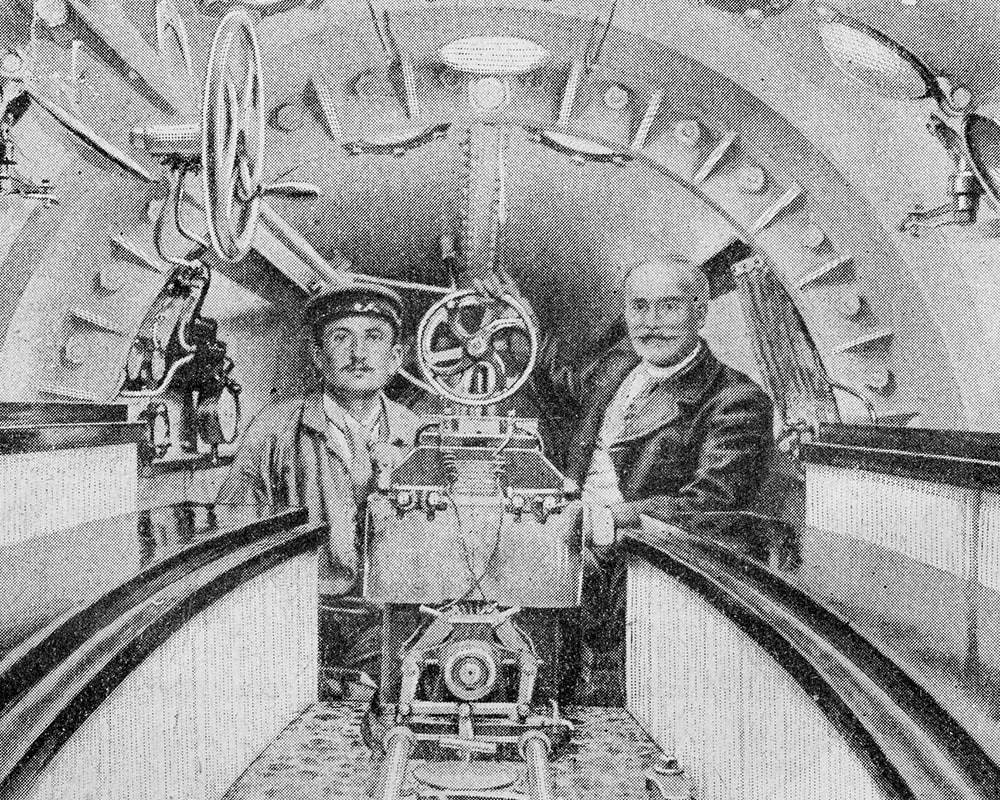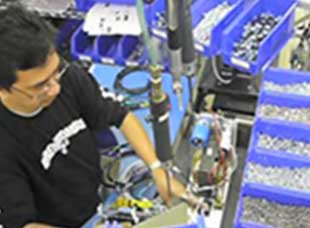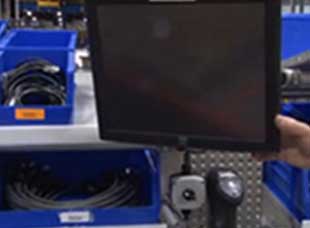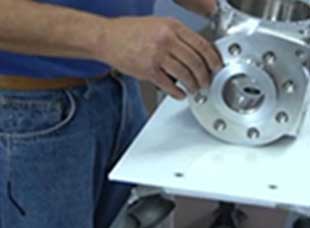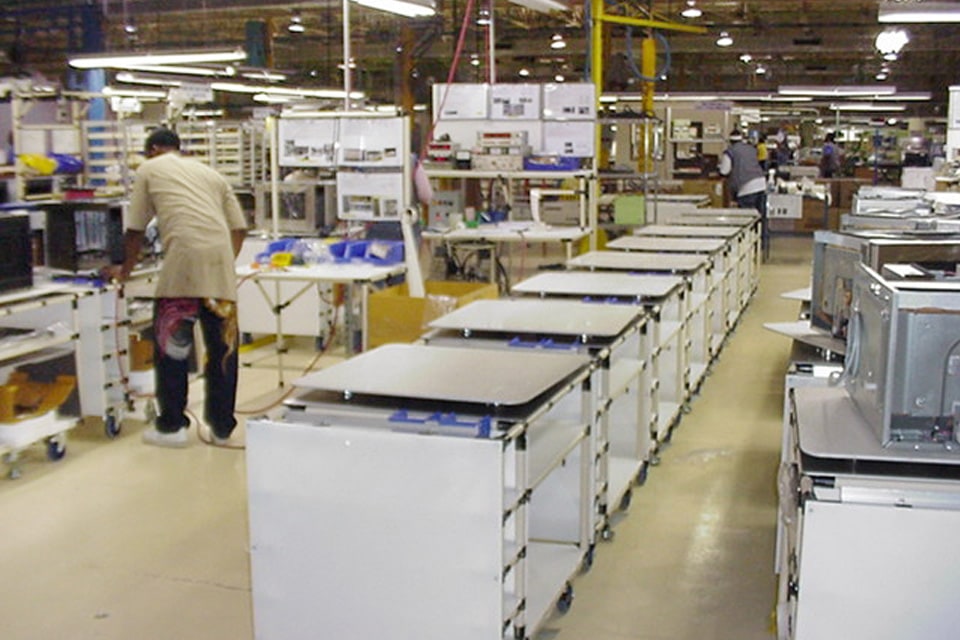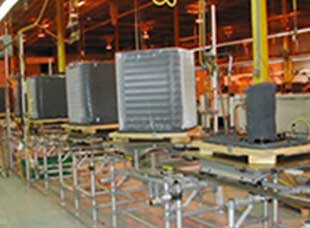After designing and building proven and successful assembly and lean manufacturing cells for 25 years, we have put together the commonsense rules that run through our cell designs. Whether you are building a few or a few hundred units per shift, they will provide benefit, and pay dividends.
Worksmarts' 10 Point to Lean Assembly Cells
3. Keep it logical and sequential
What is the proper sequence for assembly? Talk with your operators for input on the sequence and division of work. Don’t make it more difficult than necessary. What is the optimum cell layout? Straight line, “U” shaped, ‘L’ shaped, or oval. What equipment or sub assembly needs to be integrated?
9. Keep it open and flexible
Keep sight lines across the cell open to improve communication between the team and also for fast, real-time visual management on the floor. Flexible cell design should be scaleable and encourage change and continuous improvement. Use andon lights and scoreboards for up to the minute, visual line status.







